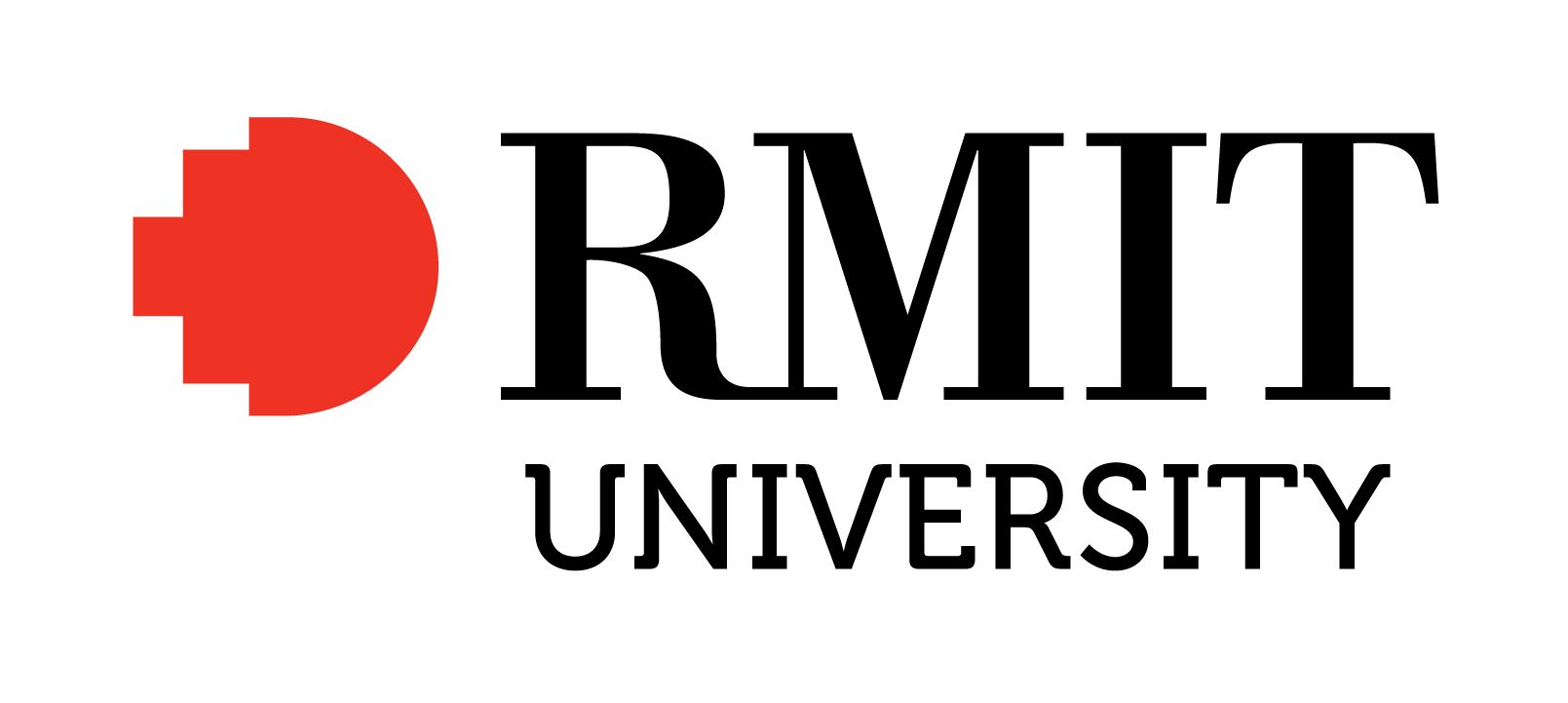Full description
RESEARCH BACKGROUND This project forms part of Martyn Hook's (IPH) ongoing work for Perth Zoo. Designed to establish connections between the behaviour, living patterns and the quality of the Orang-utan's natural environment, the new enclosure consists of a series of 'trees' that simulate the physical complexities of a rainforest. RESEARCH CONTRIBUTION This project continues a line of research into how the aesthetics of 'environmental architecture' may evolve from landscape, programme and materiality, rather than technological systems. The enclosure achieves this alternate approach through a careful assemblage of recycled concrete pylons and robust steel 'branches' and climbing frames. Each tree holds double-decker nests with timber and steel shading structures that provide points of rest. Along with a collection of activities - puzzle boxes, dip tubes, water canoes, drinkers - the bent steel armatures and ropes are able to be tuned to create a constantly changing, stimulating environment. RESEARCH SIGNIFICANCE The project has been published in AR magazine, MONUMENT and Houses magazine. It formed part of the 2007 travelling exhibition and symposium: New Trends in Architecture Europe Asia Pacific, which visited Patras (Greece), Tokyo, Melbourne, Perth, Luxembourg and Barcelona. It also features in the chapter on Iredale Pedersen Hook in Next Wave, Davina Jackson's significant book documenting emergent Australian architecture practices. The Orang-utan Enclosure received an Honourable Mention, in the prestigious Architectural Review Awards for Emerging Architecture, London in 2008.Issued: 2008-01-01
Created: 2024-10-30
Subjects
User Contributed Tags
Login to tag this record with meaningful keywords to make it easier to discover
Identifiers
- DOI : 10.25439/RMT.27343515.V1



